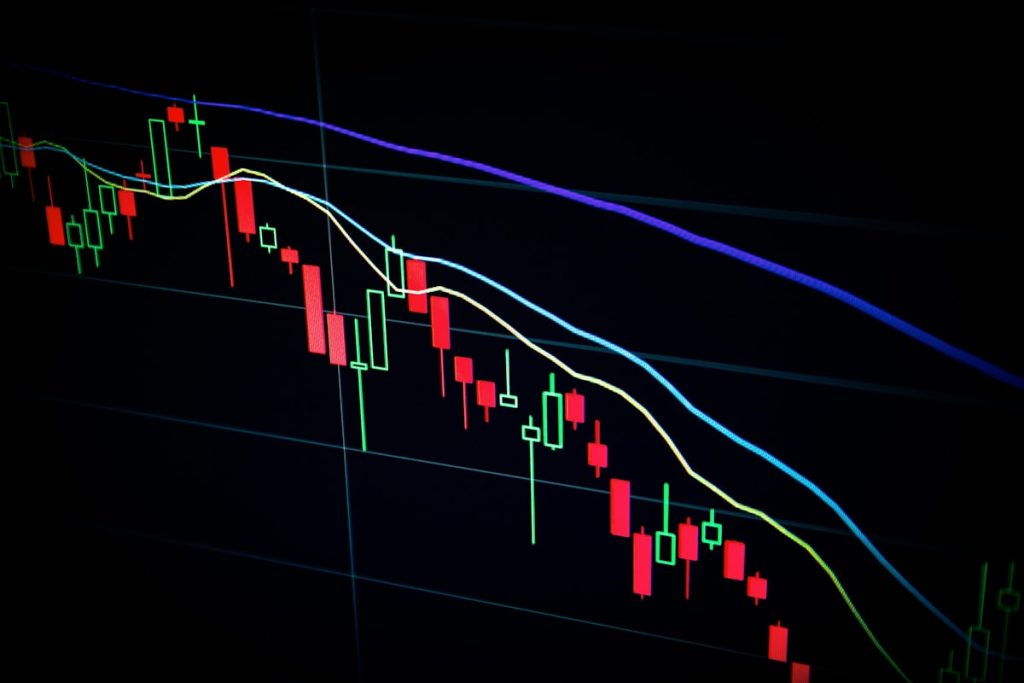Stocks Close Lower After Trump’s New Tariffs and Weak Jobs Report
Market Overview
U.S. equity markets ended the day in the red on Thursday, with the S&P 500 slipping 1.2 % to 2,845.3, the Dow Jones Industrial Average down 0.9 % at 23,410, and the Nasdaq Composite falling 1.5 % to 7,210. Investors reacted sharply to two headlines that hit the economic outlook: President Donald Trump’s announcement of a new round of tariffs on steel and aluminum imports, and a weaker‑than‑expected jobs report for June.
Trading volume was above average, indicating heightened nervousness among both institutional and retail participants. The decline was led by cyclical sectors—industrial, materials, and energy—while defensive and technology stocks showed relative resilience.
Tariff Shock: What Changed?
In a surprise move, the administration announced an additional 25 % tariff on steel and 10 % on aluminum from countries that have not yet agreed to a “fair‑trade” framework. The new duties affect an estimated $12 billion in annual U.S. imports, targeting major exporters such as Canada, the European Union, and Japan.
Analysts say the tariffs could raise input costs for manufacturers and construction firms, compressing profit margins. Key points to watch:
- Higher steel prices may push automotive and aerospace earnings lower.
- Construction firms could see project delays as material costs rise.
- Companies with diversified supply chains may mitigate the impact.
The immediate reaction was a sell‑off in heavy‑industry ETFs, with XLI down 2.3 % and XLB off 2.0 %.
Weak Jobs Report Adds to the Bleak Outlook
The Labor Department released June’s employment data showing only 145,000 jobs added, well below the 180,000 consensus estimate. The unemployment rate ticked up to 5.1 %, and average hourly earnings grew just 0.1 % month‑over‑month.
These figures suggest that the labor market is losing momentum, raising concerns about consumer spending—a primary driver of corporate earnings. The combination of weaker payrolls and tariff‑induced cost pressures creates a “double‑dip” scenario for growth‑oriented equities.
Tech Stocks: A Relative Safe Haven?
Despite the broad sell‑off, technology shares held up better than the broader market. The Nasdaq’s technology‑heavy index NDX fell only 0.8 %, with mega‑caps like Apple (AAPL) and Microsoft (MSFT) posting modest gains of 0.4 % and 0.6 % respectively.
Investors appear to be rotating into firms with strong balance sheets and minimal exposure to raw‑material costs. Cloud providers, software‑as‑a‑service (SaaS) platforms, and semiconductor companies that serve global markets are viewed as less vulnerable to a U.S.‑centric tariff regime.
Outlook and Strategic Takeaways
Looking ahead, market participants will be monitoring several key developments:
- Congressional response: Potential legislative push‑back on the tariffs could ease pressure on industrial stocks.
- Fed policy: The Federal Reserve’s next meeting will be crucial, as a dovish stance could offset some of the negative sentiment.
- Global supply‑chain adjustments: Companies may accelerate diversification of sourcing, which could mitigate long‑term tariff impacts.
For investors, a balanced approach that emphasizes quality earnings, strong cash flows, and limited exposure to tariff‑sensitive sectors may help navigate the heightened volatility. Defensive dividend‑paying stocks and technology leaders with global footprints stand out as potential defensive anchors in a market that appears poised for continued turbulence.



